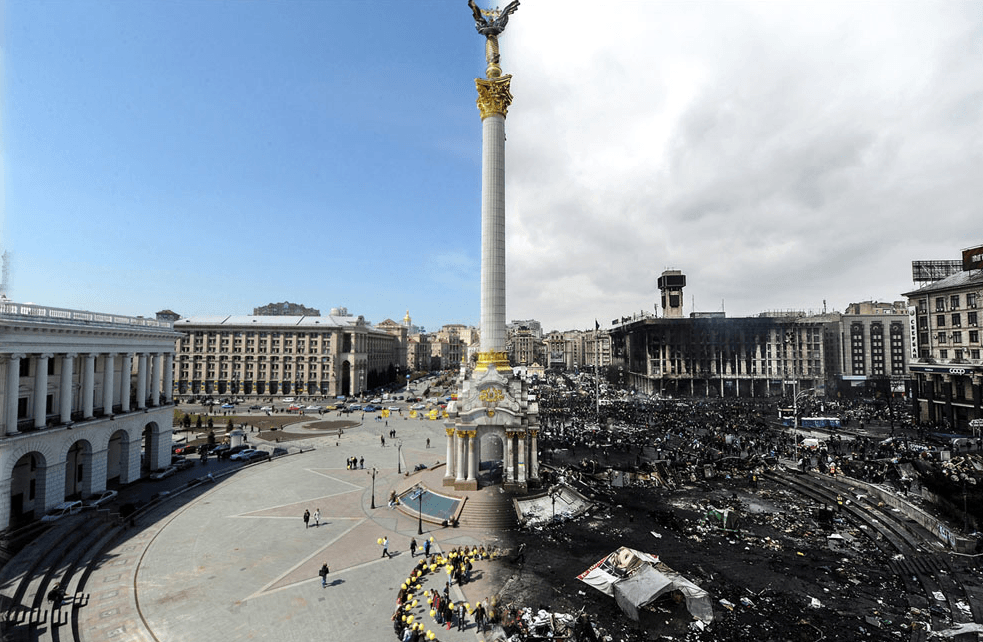
In 2003, following concerns raised by the International Atomic Energy Agency (IAEA) about Iran’s nuclear projects, the European Union (EU) and the E3 (Germany, the United Kingdom, France) opened dialogue with Iran to solve the issue diplomatically.[1] This willingness to cooperate over the 1970 Non-Proliferation Treaty (NPT) and the future of Iran’s nuclear development led to the 2004 Paris Agreement. Dialogue would stall between 2005 and 2006 as trust between parties diminished, leading to a series of UN Security Council (UNSC) sanctions against Iran between 2006-2012.[2]
Discussions resumed with vigour in 2013, when the UNSC informally assigned the E3/EU+3 group (or P5+1), and the EU’S High Representative, to lead negotiations with Iran. These negotiations would culminate with the signing of the Joint Comprehensive Plan of Action in 2015.[3] The question of the EU’s capacity to act as a third-party actor in the negotiations was partly answered with the general success of the discussions and the EU’s continued commitment to resolve the nuclear issue diplomatically.
Click Here to Read the Entire Commentary
_____________________________________
[1] Riccardo Alcaro, Europe and Iran’s Nuclear Crisis: Lead Groups and EU Foreign Policy-Making (Palgrave Macmillan, 2018), 62-63.
[2] Ibid, 68.
[3] Tarja Cronberg, Nuclear Multilateralism and Iran: Inside EU Negotiations (Routledge, 2017), 25.



